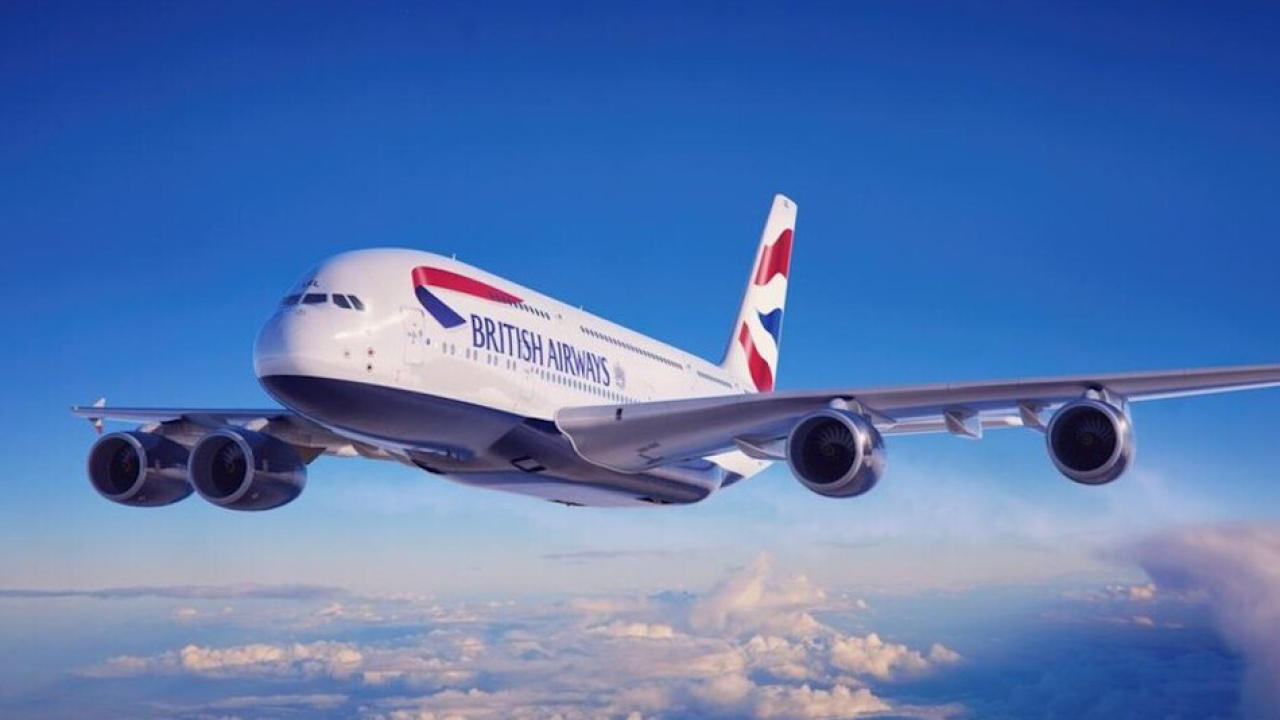Royal Air Maroc rises to the challenge

The planned introduction of Boeing 787-8 and ATR 42-600 and ATR72-600 equipment next year graphically illustrates continuing investment by Royal Air Maroc (RAM) as it works to compete in a recently liberalised market.
The airline, which was established in 1957, has undertaken major expansion in the past six years, increasing its fleet from 23 to 54 aircraft. It is launch customer for the latest ATR regional turboprops and will be among the earliest operators of the new Boeing twin-aisle twinjet.
RAM is very much Morocco's flag-carrier, with a global route network flying to over 70 destinations throughout Africa, Europe, the Maghreb region, the Middle East, and North America. It serves additional destinations via code-share agreements with 10 airline partners, including US carrier Delta Airlines, the Gulf's Emirates Airline and Etihad Airways, and Spanish operator Iberia.
Centred on its hub at Casablanca's Mohamed V International Airport, the operator's expansion has created thousands of jobs and trained thousands of employees, according to chairman Dris Benhima, speaking at January's high-level colloquium on regional air transport. The event, part of the Marrakech Aero Expo, was arranged by the country's Ministry of Equipment and Transport in conjunction with RAM. Benhima describes Morocco as being a bridge between Europe and Africa, and says the airline is ready to help other African carriers to grow and develop.
RAM, which carried almost six million passengers last year, has seen an average 15% annual growth since 2004 as it has worked to fulfil the Moroccan government's long-term plan to increase international traffic. Liberalisation (or deregulation) policies introduced three years ago have changed the local air-transport regulatory framework: Morocco established an "Open Skies" agreement with the European Union, stimulating the emergence of low-cost airlines in the region.
The introduction of such competition "exerted significant pressure on RAM", whose international market share fell from 56% in 2000 to 48% two years ago, according to the Moroccan government. In response, the flag-carrier's business strategy has been to develop medium- and long-haul routes from the Casablanca hub.
The airline has structured its activities around business models involving three basic elements: long-haul flights from Casablanca, point-to-point services between EU markets and Moroccan regional centres, and a domestic and regional network provided by a new "Royal Air Maroc Express" regional operation. To provide a catalyst complementing these elements, RAM has enhanced connections among its short-, medium- and long-haul flights by creating a new transit lounge in Casablanca's Terminal 3.
In the past four years, the airline has added two or three new aircraft a year to supports its international network. Acquisition of a younger, more-efficient fleet is enabling it to increase passenger comfort, reduce operating costs, and improve its environmental performance.
In 2009, the carrier introduced Boeing 767-300ERs, bringing its total to five and complementing its single Boeing 747-400 on long-haul operations. RAM also leased four ATR 72-200s from the manufacturer to provide interim short-haul capacity while it awaits the new ATR 42- and 72-600 equipment.
Medium-haul capacity is currently provided by 36 Boeing 737s (another seven are on order), a pair of Boeing 757s, and four Airbus A321s (previously operated by RAM's Atlas Blue low-cost subsidiary that was closed down last year). Further, it has obtained a Boeing 737-300SF cargo aircraft, since it actively supports
To facilitate RAM's continuing development through enhanced efficiency and increased capacity, the government wants to institute operational and infrastructure improvements at the Casablanca hub. It has identified requirements for better punctuality, baggage- and ground-handling, and passenger processing, for which an "operations optimisation programme" is planned. "It is vital that RAM improve these processes in order to accommodate increasing numbers of international passengers and meet stricter international regulations, such as those of TSA for flights to the US."
Earlier this year, the government invited tenders for a study "to provide the foundation for sustainable long-term growth and allow RAM to respond to demand and improve its standards of service and level of quality". As a likely result, it is expected that the airline will be enabled to react to increased domestic competition and new developments in Moroccan aviation. A priority project is to improve operations at Casablanca's Terminal 1 to support and consolidate RAM's position in the domestic industry, while it continues to fly the Moroccan flag in many other regions of the world.
Stay up to date
Subscribe to the free Times Aerospace newsletter and receive the latest content every week. We'll never share your email address.

